
ICCROM_ICS01_CeramicaDecorada00_es
.pdf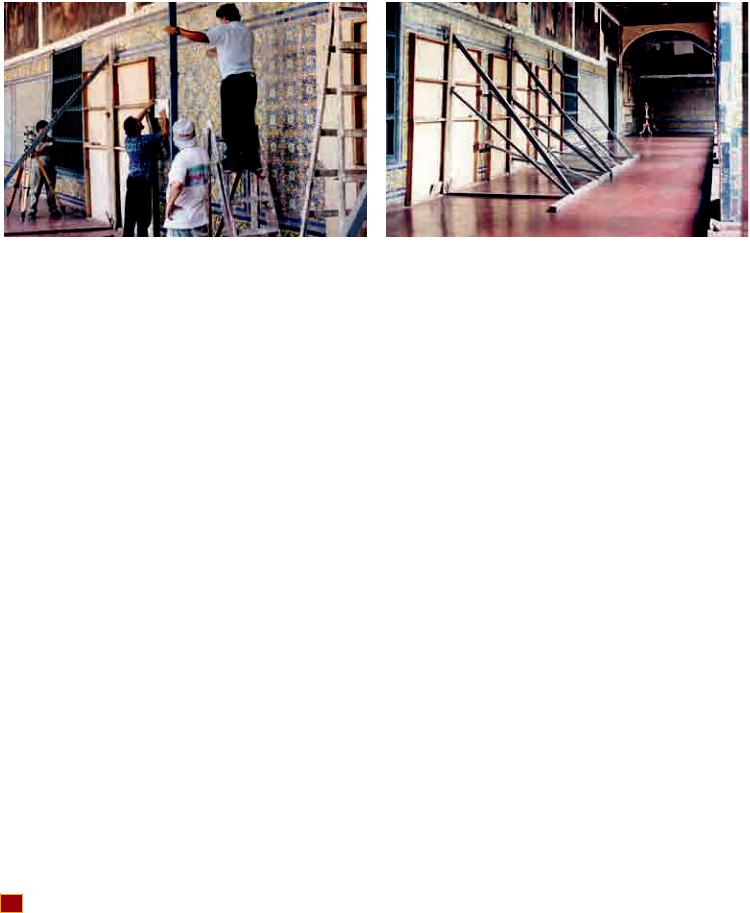
|
|
|
|
|
|
|
|
|
|
|
|
|
|
|
|
|
|
|
|
|
|
|
|
|
|
|
|
|
|
|
|
|
|
|
|
|
|
|
|
humo de motores a explosión provenientes del |
2) Intervención a través del retiro del paño de |
||||||||||
|
parque automotor del Centro Histórico de Lima. |
azulejos total o por partes. |
|
|
||||||||
|
Resumen de las propuestas de |
Retiro Total: |
|
|
|
|
|
|
||||
|
• Limpieza total del paño. |
|
|
|
||||||||
|
restauración alternativas |
• |
Consolidación |
de |
las |
partes |
frágiles o |
|||||
|
1) Reposición del paño de azulejos a su plomo |
|
desprendidas del esmalte. |
|
|
|||||||
|
original mediante el empuje de gatos |
• Registro y |
numeración |
de cada uno de los |
||||||||
|
hidráulicos: |
|
|
|
azulejos, |
siguiendo |
una |
nomenclatura |
||||
|
Consiste en la colocación de gatos hidráulicos en |
|
específica. |
|
|
|
|
|
|
|||
|
diversos puntos paralelos del paño; tales aplicarán |
• Consolidación temporal del paño, a través de |
||||||||||
|
empujes simultáneos, |
proporcionalmente |
|
telas y gasas (de un metro cuadrado cada una) |
||||||||
|
repartidos y gradualmente milimetrados, de tal |
|
utilizando pegamento de cola de origen animal. |
|||||||||
|
manera que se llegue a reponer el paño lo más |
|
Los diferentes estratos de tela se colocarán |
|||||||||
|
próximo al muro. A continuación se consolida con |
|
sucesivamente hasta sujetar |
la totalidad del |
||||||||
|
una inyección de mortero de cal. |
|
paño. |
|
|
|
|
|
|
|||
|
|
Para esta operación se consideran los siguientes |
• Se colocarán una serie de bastidores, vigas y |
|||||||||
|
pasos: |
|
|
|
planchas de madera, sujetas a las telas |
|||||||
|
• |
Limpieza. |
|
|
|
anteriormente aplicadas. |
|
|
|
|||
|
• Fijación de una tela pegada al paño con el |
• Una vez fijo todo el bastidor y consolidado el |
||||||||||
|
|
objeto de proteger y consolidar los azulejos |
|
paño, se procederá a eliminar todos los |
||||||||
|
|
inestables. |
|
|
|
residuos sólidos de la parte superior. |
||||||
|
• Colocación de una trama estructural de vigas |
• |
Gradualmente |
se |
retirará |
el |
paño hasta |
|||||
|
|
y bastidores de madera, útiles para transferir |
|
colocarlo en posición horizontal, procediendo |
||||||||
|
|
las cargas de los gatos hacia el paño de |
|
a la restauración de sus fracturas, fisuras, y |
||||||||
|
|
azulejos. |
|
|
|
resanes con polvo de mármol y cal, y con |
||||||
|
• |
Excavación, por tramos, de una zanja |
|
grapas de aluminio. |
|
|
|
|
||||
|
|
longitudinal en la base paralela al muro, que |
• Se procederá a la colocación de paneles “nido |
|||||||||
|
|
permita la evacuación |
de residuos sólidos de |
|
de abeja”, cuya estructura interior es en base |
|||||||
|
|
su superficie, así como del mortero de cal que |
|
de panales hexagonales de láminas de aluminio, |
||||||||
|
|
se encuentra acumulado entre el paño y el |
|
teniendo al interior un doble estrato de hojas |
||||||||
|
|
muro (de manera mecánica y con la ayuda de |
|
de resina espóxica reforzada con fibra de |
||||||||
|
|
un aspirador industrial). |
|
vidrio, fijandola por detrás del paño, con una |
||||||||
|
• Colocación de soportes, puntales y gatos. |
|
mezcla fina de resina poliester o espóxica, |
|||||||||
|
• Consolidación interior con inyecciones de cal, |
|
agregandole granilla, dándole la rigidez y |
|||||||||
|
|
tanto del muro como del paño. |
|
solidez necesarias. |
|
|
|
|
||||
74 El Estudio y la Conservación de la Cerámica Decorada en Arquitectura
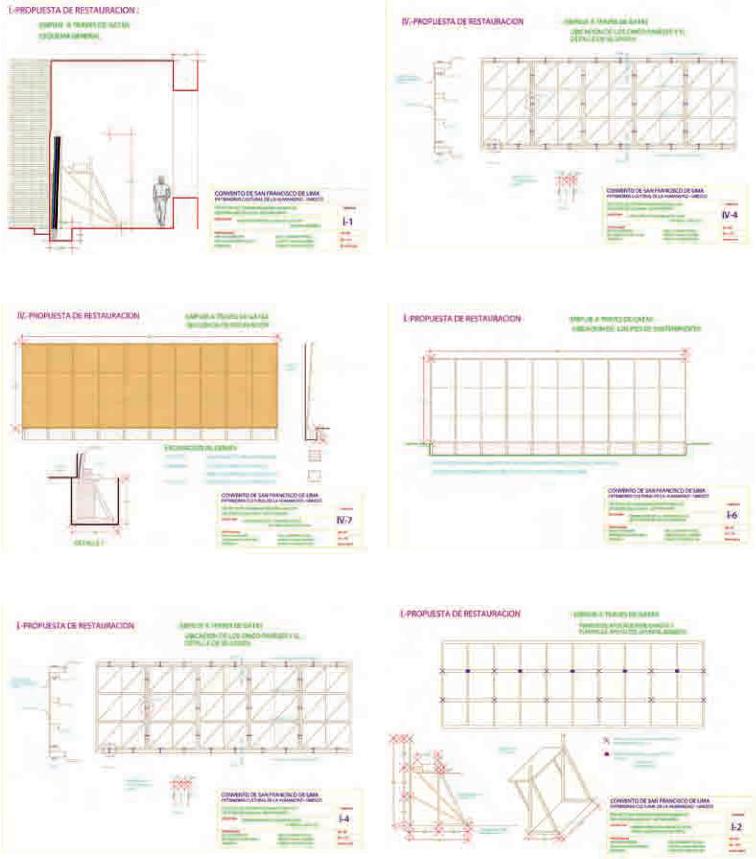
|
|
|
|
|
|
|
|
|
|
|
|
|
|
|
|
|
|
|
|
|
|
|
|
|
|
|
|
|
|
|
|
|
|
|
|
|
|
|
|
|
|
|
|
|
Capítulo 2 Teoría, criterios e intervención |
75 |
|
|
|
|
|
|
|
|
|
|
|
|
|
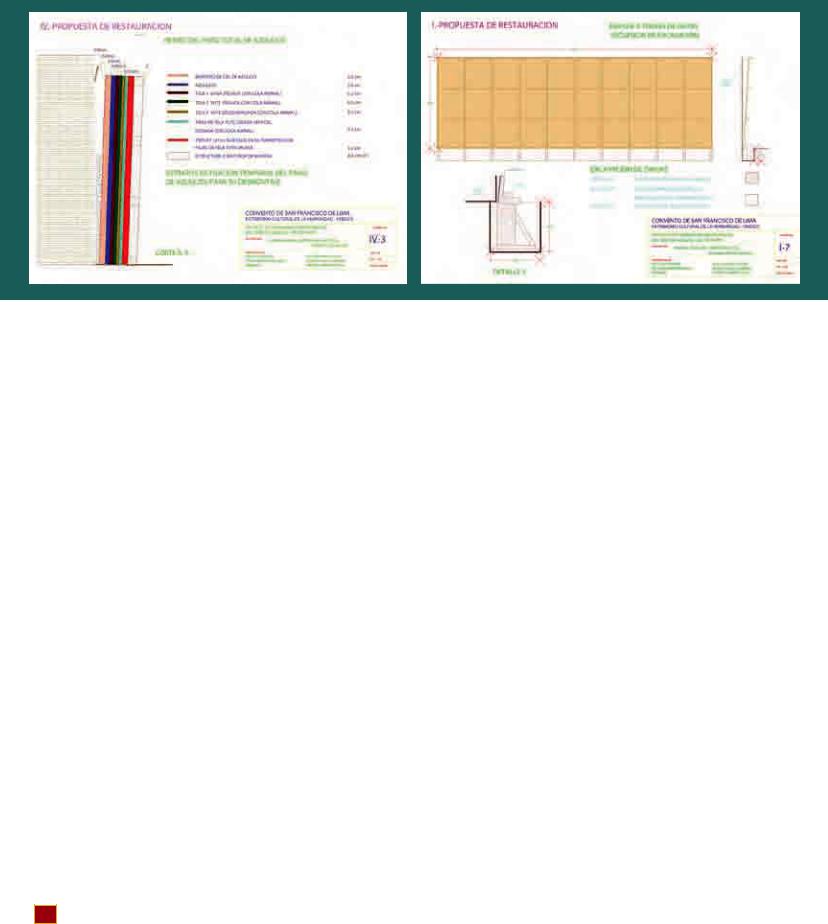
•Previamente,seharálalimpiezayconsolidación de la cara externa del muro.
•Por último, a través de un sistema de poleas, se levantará gradualmente el empaque del paño de azulejos consolidado hasta alcanzar su verticalidad, pegándolo a la nueva base
exterior del muro. Por sectores y partes:
Esta propuesta consiste en el retiro del paño por sectores. Tal retiro se divide de la siguiente manera:
•En dos o seis sectores; siguiendo la trama del diseño del paño, o
•Retirándola en 27 partes de un metro cuadrado cada una.
Definidos los sectores o partes, se procederá, a
consolidarlos de manera similar a la propuesta anterior.
3)Desmontaje, consolidación y restauración de los azulejos por unidades
Consiste en el retiro de cada uno de las unidades de azulejos del paño, procediendo
de la siguiente manera:
•Registro gráfico y fotográfico de cada uno de los azulejos y del conjunto.
•Elaboración de una plantilla in situ, para ubicar cada azulejo extraído en su lugar correspondiente.
•Retiro de cada uno de los azulejos, empezando por la primera hilera de la parte superior y bajando sucesivamente hasta la base. El procedimiento para desprender cada azulejo se hará de manera tradicional.
•Limpieza y consolidación de la parte externa del muro con mortero de cal y arena, más algún aditivo aglomerante e impermeabilizante, alcanzando el espesor original de tres centímetros.
•Por último, se procederá a recolocar los azulejos siguiendo las plantillas gráficas y fotográficas realizadas.
Restauración de las unidades de azulejos:
Una vez que se hayan retirado los azulejos, éstos serán ordenados y clasificados y se procederá a:
a.La limpieza de todo elemento extraño que tenga la superficie esmaltada: suciedad, cera, restos de pintura. Una vez limpiado en seco, se procederá a utilizar agua destilada y, eventualmente, agua con jabón neutro. Podrán usarse otros disolventes ligeros como alcohol (humedecidos en una mota de hilo de algodón industrial), acetona y eventualmente disolvente en base de nitrógeno.
b.Ante la presencia de sales cristalizadas, se procederá a sumergir los azulejos en agua destilada; de tal manera que analizando posteriormente el agua se pueda comprobar la eliminación de las sales diluidas. Esta labor se llevará a cabo en laboratorio.
c.En el caso de azulejos fracturados, se procederá a restaurarlos y a unirlos (pegarlos) con una mezcla de cal. En algunas situaciones de mayor exigencia, se aplicará un aditivo para consolidarlos.
d.Como parte final del proceso se hará uso de una jeringa de vidrio, inyectando una solución
76 El Estudio y la Conservación de la Cerámica Decorada en Arquitectura
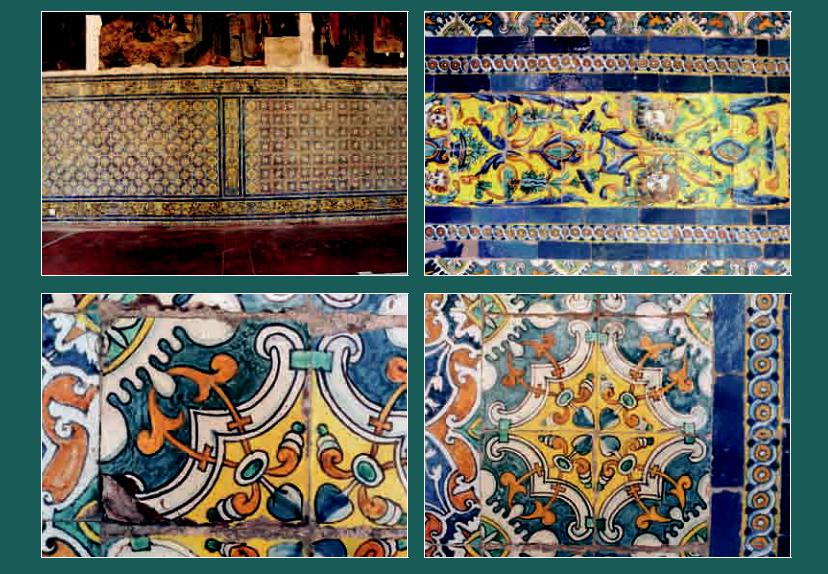
en base de ‘Paraloid’ (resina acrilica polimetil matacrilato) diluido muy ligeramente, que consolide el esmalte fragmentado o inestable, usando un pincel fino aplicado sobre la superficie.
4)Consolidar el paño de azulejos en la condición actual:
•Tal alternativa consiste en la restauración del paño manteniendo su situación física actual (desprendimiento parcial), de manera que se muestre como resultado del evento histórico del acontecimiento que generó su actual condición.
•En este caso se llevará a cabo la limpieza de la estructura interior del soporte, así como la de la superficie esmaltada de toda la mayólica del paño, retirando cuanto residuo sólido suelto
exista, siguiendo los pasos similares de las anteriores alternativas de intervención.
•Previamente, se consolidará todo el paño con método similar al anteriormente descrito.
•A continuación, se consolidarán la superficie del muro de soporte simultáneamente con el paño, mediante una inyección de mortero de cal con aditivos aglomerantes e impermeabilizantes.
Conclusiones y
Recomendaciones
De las opciones anteriores, se recomienda la restauración del paño de cerámica decorada mediante el desmontaje de los azulejos unidad por unidad. La existencia de mano de obra calificada sugiere la factibilidad de esta opción. Obviamente, la restauración que se plantea se realizaría bajo la dirección de
Capítulo 2 Teoría, criterios e intervención |
77 |
|
|
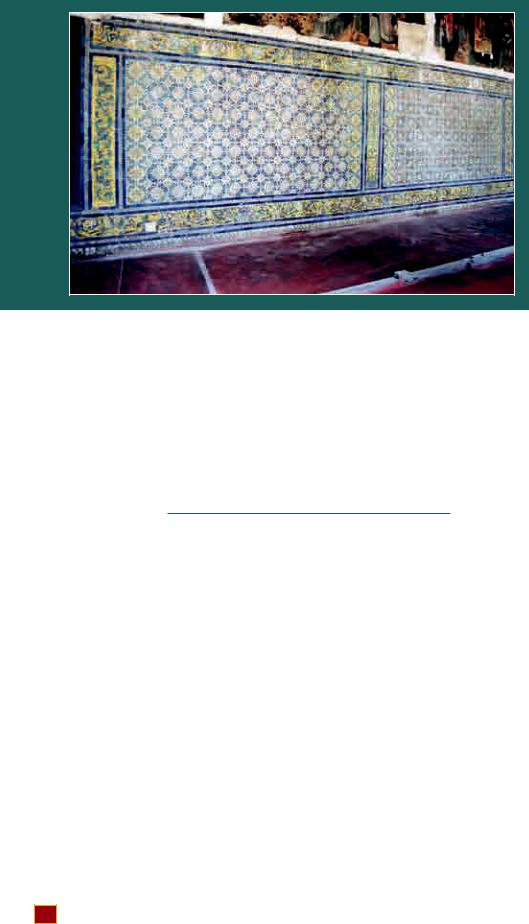
personal técnico especializado y de acuerdo a las exigencias y contingencias tanto del proyecto como de la obra misma.
Otra alternativa posible es conservar el paño de azulejos en el estado que se encuentra actualmente, consolidándolo tal como se señala en el proyecto. Esto permitiría la lectura del hecho histórico experimentado por el monumento, como testimonio del proceso social que lo generó.
Notas
1Poeta, crítico e historiador peruano (1833-1919)
2En el contexto actual, parte importante del conjunto arquitectónico, deviene en uso turísticocultural (y ya no conventual), mostrando los componentes, arquitectónicos, cerámicos, pictóricos, y de mobiliario, permitiendo nuevos ingresos económicos a la Órden Franciscana, para el mantenimiento de su Patrimonio.
78 El Estudio y la Conservación de la Cerámica Decorada en Arquitectura
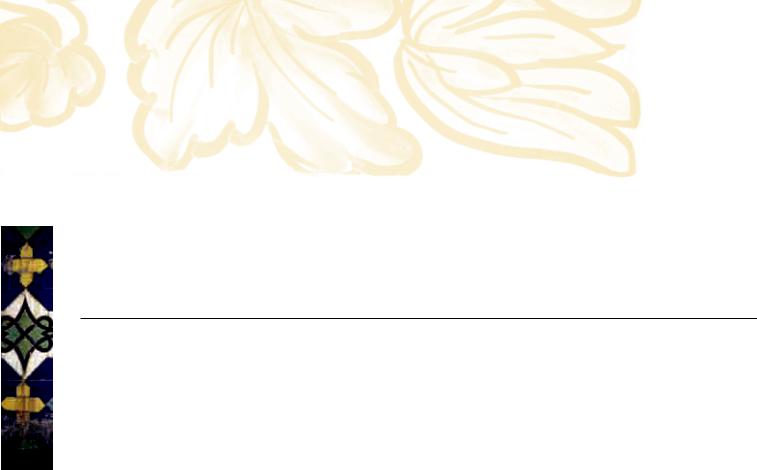
[ Mehr Azar Soheil]
Architect
Criteria and intervention in tiled surfaces
THE CASE OF IRAN
It may be rhetorical to mention the significance and importance of the Iranian tradition in the production of glazed tiles and their use in architecture. But it is still worth recalling the bravura of the Iranian craftsmen, the result of many centuries of experimentation and of know-how, attained as a result of the country being historically, geographically and politically a centre of exchange and communication.
However, it is true that, because of the existence of various empires in Mesopotamia and Western Asia, in antiquity as well as during the Islamic
caliphates, arts and crafts were well developed due to the interest of the rulers in promoting them. The Achaemenid king Darius the Great (522-486 BC), in his so-called Foundation Charter of Susa (inscription DSf), mentions the materials and crafts used, and the craftsmen involved in the construction of his palace. The Charter states: “The men who wrought the baked brick, those were Babylonians, The men who adorned the wall, those were Medes and Egyptians” (DSf § 3k; Kent, 1950:144). The bricks and decorations referred to here are the panels in glazed bricks and bas-reliefs which today make up part of the Louvre collection on the art of Western Asia, and the collection of Musée Melli (Musée Iran-e Bâstân) in Tehran (Fig. 1).
Since the main traditional building material was sun-dried brick, and sometimes baked brick, the glazed tiles represented a touch of colour to this architecture. The vernacular architecture and traditional historic towns of this region are generally integrated into a dry and clay-coloured land and townscape, but they also show the efforts taken to enrich such a monochrome environment with the blue turquoise or green of the ceramic tiles. Colour was mainly introduced in the
decoration of the domes and minarets of public buildings, religious or secular. These architectural elements have thus become the focal points of cities and villages (Fig. 2.) Moreover, an important feature of tile-work, in relation to architecture, has been the introduction of patterns and decorations that accentuate architectural forms, i.e. patterns that follow the curves of arches, vaults, and pilasters thus emphasising the spatial intensity of the place.
It is true, however, that glazing also provided good surface protection. It was durable and needed less maintenance compared with the traditional clay and straw mortar (Kâhgel) layers applied on the roof of traditional structures and which had to be renewed at intervals of three to five years. Therefore, tiles were used both indoors and outdoors; obviously those used indoors were better preserved if there was no water infiltration or rising damp in the supporting walls.
At the turn of the twentieth century, most historic buildings in Iran were in a poor state of conservation and many of them underwent major restoration works. This was mainly due to the lack of maintenance resulting from various factors such as political instability and various kinds of turbulences (Figs. 3 & 4). Traditionally most public buildings were maintained through the system of waqf that derived its financial means from the income of properties (shops,
Capítulo 2 Teoría, criterios e intervención |
79 |
|
|
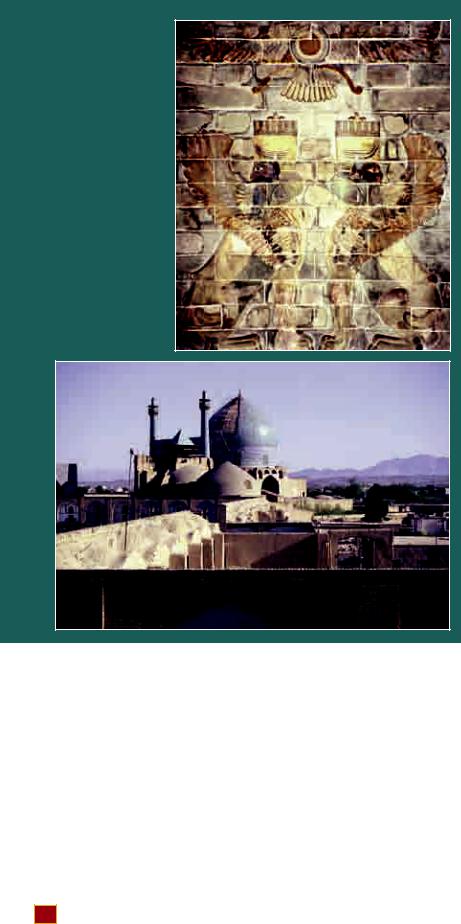
FIGURE 1 (right) Achaemenid glazed brick panel from Susa (late 6th century B.C.), Musée Melli, Tehran.
FIGURE 2 (below) Masjid-e Shâh (Imam), Isfahan; repair of the dome (photo 1998).
public baths, agricultural land, etc.) endowed for the upkeep of a specific sacred or public building. This system still functions in certain cases in Iran.
In the 1930s and 1940s the Service Archéologique de l’Iran, under the direction of the French architect André Godard, carried out some restoration on historic building such as the Masjid-e Jâme’ (the Jâme’ Mosque) of Isfahan, which is one of the most important buildings in the history of Islamic architecture. Godard (1949: 363) mentions that the restoration consisted, in the first place, of a major repair of the badly cracked masonry walls before partial and temporary removal of the tiles. This meant that there was need of both structural consolidation and surface restoration. The final
intervention consisted in re-establishing the integrity of the decoration (‘potential unity’) by introducing new tiles where the old ones had been lost.
When dealing with buildings in such a state of decay, it seems that the normal choice would be to introduce new tiles to replace the missing ones (Figs. 5 & 6). The reason for such a decision is based on aesthetic grounds as well as considerations of protection from further damage. This is especially relevant when dealing with surfaces that are exposed to rain or snow such as domes, where both aesthetic and functional aspects are to be taken into consideration. In the treatment of domes and minarets, being high up and often hard to reach, the durability of the intervention becomes of prime importance. Durability certainly implies quality in manufacture as well as in the installation of tiles, which may require more expenditure. However, considering the high cost of scaffolding and the usual lack of financial resources, it is obvious that the use of high quality of materials and good workmanship will be more economical in the long term (Figs. 7 & 8).
It is also psychologically important not to leave areas that had previously been faced with tiles either empty or with exposed mortar. The question is how to carry out this reintegration to achieve an acceptable result, and also still be able to distinguish the old from the new. The general approach has been to redo the tiling and to copy the decoration whenever there is enough evidence of the original design of the tiles, especially in geometric or repeated motifs. The problem arises when there are inscriptions or decorations where their original form or design cannot be known. It is true that sometimes, not knowing the basis of the geometry of old designs, these patterns are drawn hypothetically, thus risking changes to the concept of the original work (Maher-on-Naqsh 1361:19, vol. I). Knowledge and upkeep of continuity in traditional know-how is an important problem. It has to be dealt with seriously since much knowledge has been, and continues to be lost due to the demise of aged masters in all fields of traditional arts and crafts (Fig. 9). Although there have been attempts to record the knowledge of the old master-workers, it is felt that a systematic and constant apprenticeship is also necessary through workshops and practical work.
Considering the modern approach to conservation, the criteria of intervention do not seem to differ from other works of art in aesthetic terms. The major problem may well be in the method of the treatment of lacunae, and in finding the best way to distinguish between the old and the new, without losing the integrity of the whole. This can sometimes be a technical problem. It requires sensitivity and sound
80 El Estudio y la Conservación de la Cerámica Decorada en Arquitectura
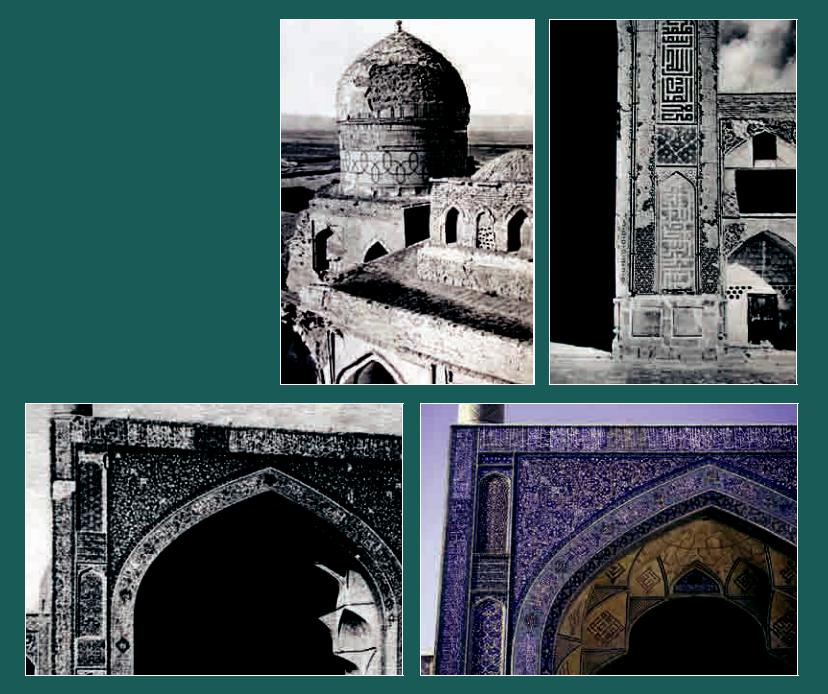
FIGURE 3 Gonbad-e Sabz (Green Dome), Torbat-e Jâm, Khorâsân, Iran (Godard, 1949:303); a typical condition of many domes in the early twentieth century.
FIGURE 4 Masjid-e Jâme’, Isfahan, west iwan, (Godard, 1939:271); due to lack of maintenance many tiles are missing.
FIGURE 5 Masjid-e Jâme’, Isfahan, south iwan (Godard, 1939:249); missing tiles on the vertical left border.
FIGURE 6 Masjid-e Jâme’, Isfahan, south iwan, missing tiles on the vertical left border after restoration (photo 1995).
judgement to make the right choice in producing tiles which are similar but yet different when closely looked at; this could be a slight difference in the shade of the colour of the background, or in the colour of one of the patterns, or even a slight unevenness of the surface, which in this case would require special techniques. All these certainly depend on the sensitivity of the restorer, with due consideration of the context.
It is obvious that quality plays an important role in the conservation of tiles. Old tiles generally by far
surpass modern products in many aspects: they are much superior in quality and production, and better to install. Considering the monuments in Uzbekistan, such as those in Samarkand that are over 600 years old, the detachment of tiles from domes and walls can certainly be expected when these have been without maintenance for a long period of time. Instead, those monuments, restored in the 1970s, are now suffering losses in tiles and glazes (Francaviglia & Cessari, 1995:388) that are due mostly to the use of materials
Capítulo 2 Teoría, criterios e intervención |
81 |
|
|
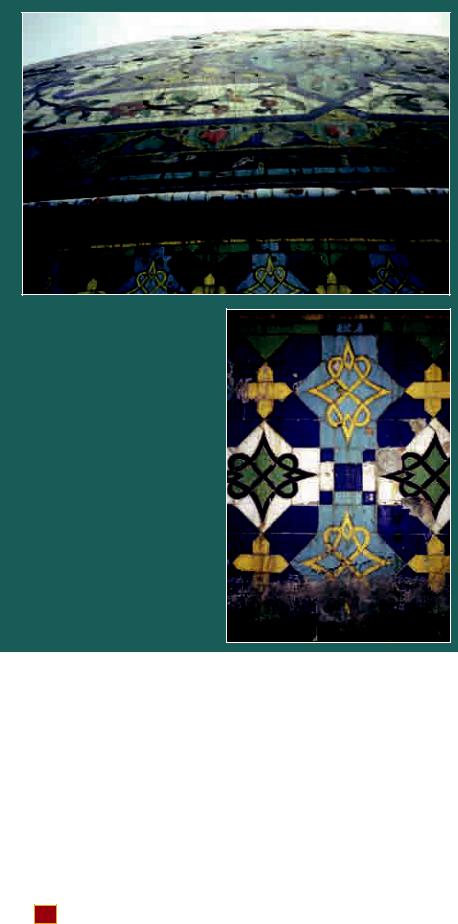
FIGURE 7 Masjid-e Sepahsâlâr, Tehran, dome in need of repair (photo 1991).
FIGURE 8 Masjid-e Sepahsâlâr, Tehran, drum, in need of repair (photo 1991).
in the reconstruction (whether partial or total) that are too hard. Problems usually arise when tiles are fixed to new masonry or concrete work which is built in a cement mortar that is too rigid and may also have salts. In addition, there are problems when tiled surfaces cover large areas which may also have inconsistencies due to the introduction of concrete beams. Such areas will eventually move, causing thermal cracks (Feilden, 1978:23).
Traditional material for fixing tiles has usually been juss in Iraq and gatch in Iran (Wulff, 1966:123, 134). This is basically of gypsum but it has somewhat different characteristics from one place to another,
since it contains local impurities that also contribute to giving it greater resistance. Cement mortar, being too hard and irreversible, usually causes problems when used for fixing tiles. For example, the tiles cannot be dismantled and re-composed in case of a need for maintenance and repair.
A systematic documentation of the interventions is certainly essential and it would be of great use for future consultation, especially when recording the behaviour of the materials used and the different kinds of treatments over time. Knowing the durability of a treatment, for example, helps in making correct decisions in subsequent treatments. Thus it will be possible to collect firm information of experiments on actual structures in a particular environmental context and not be limited to decisions based on hypotheses or laboratory tests only.
In order to have a more sustainable and comprehensive approach to the problems of the conservation of tiles, it is important to take into account the overall environment. This includes the control of pollution in the city and industries, as well as providing an effective sewage system to avoid raising the underground water level. Such problems are particularly serious in many historic towns such as Karbala and Najaf in Iraq (Feilden, 1978), and Samarkand in Uzbekistan (Croci, 2001), and range from structural movements to rising damp, causing cracking and detachment of tiles.
Considering colour scheme and glazes, it seems that some colour change can occur over time. For example, the golden colour, which has been dominant in the Timurid (1370-1506) architecture of Samarkand, has not been sufficiently permanent and it is often lost or has become rather pale. However, examples of such Timurid golden colour still exist in various monuments in Khorâsân in the northeast of Iran (Daneshdoust, 1980: 96). Another example of change to the general layout of the polychrome, but due to other reasons, is the situation of the holy shrines in Iraq. These buildings are mostly decorated with tile-work from the Qajar period (1779-1925). It seems that gold was used in the production of the red colour, but after restoration the dominant colour scheme became green and blue. This obviously changes the general appearance and design concept of the place. The responsible authorities, however, had made much effort to revive the traditional kilns for producing tiles.
During the Qajars, the production of the Haft-Rang (Cuerda seca) square or rectangular polychrome tiles was common (Soheil, 1992: 613). It seems that their use probably began with the Safavids (1501-1736) probably for reasons to do with saving time. Haft-Rang tiles substituted for the Mo’arraq technique, which was an intarsia of arabesque-shaped pieces of monochrome
82 El Estudio y la Conservación de la Cerámica Decorada en Arquitectura
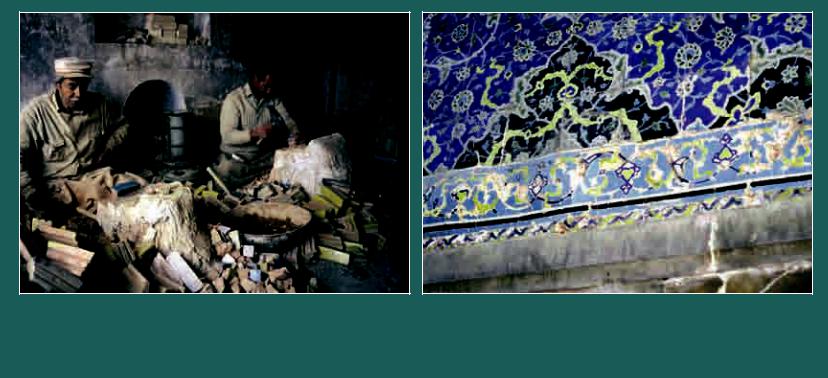
tiles especially on flat surfaces. This technique is more durable than the rectangular polychrome tiles due to the better cohesion of various forms but it demands more labour and time. An interesting example can be seen on the entrance portal of the Masjid-e Shah (Masjid-e Imam) where each side of the portal is in one of the two techniques. However, it is possible that the Haft-Rang technique in this case is of a later date and has been chosen to save time (Figs. 10-12). Both techniques are commonly used in tiled surfaces of many historic buildings such as the Masjid-e Sheikh Lutfollah and the Armenian churches, dating to 1716, in Julfa, a suburb of Isfahan.
Regarding conservation work, the general practice has in general consisted of first dismantling the tiles of the damaged area, then reusing the reusable, and replacing the deteriorated tiles with new ones. In the case of monochrome intarsia work, smaller pieces are cut from the bigger fragments in an effort to recover as much original material as possible, otherwise new parts are cut from industrially produced tiles. When producing new polychrome Haft-Rang tiles, monochrome white industrial products are painted according to the desired pattern and colours, and then fired. Since the production of traditional glazes is not considered economical, modern pigments are often used for glazes. New products in general lack the stability and quality of traditional tiles. In fact, it seems that while the Safavid blue cobalt and turquoise glazes were permanent, the new glazes tend to fade.
It is important to undertake a systematic study of traditional techniques and make an effort to revive them. Meanwhile, conservation workshops should be organized to study various theoretical and practical approaches in order to understand when and where the original material should be kept and to what extent reconstruction and renewal should be undertaken. There is in Iran a continuity of the Italian approach to conservation, an inheritance from the contacts in the 1970s through activities of the Istituto italiano per il Medio ed Estremo Oriente, IsMEO. At the same time there is also a craft tradition which is still alive but in much difficulty. This strengthens the importance of training and exchange of experience especially in the field of glazed tiles, considering the uniformity and the common origin of this manufacture in the world.
Nevertheless, cultural activities in general and academic work in particular are seriously constrained due to the economic situation in countries such as Iran, where there is a low salary level and a high cost of living. Furthermore, conservation work is generally in the hands of government employees who have a fixed salary that does not cover the high inflation rate. It seems that the only possible or stimulating way for research would be to obtain financial assistance from and collaboration with foreign research institutes, unless there are some dedicated individuals who do not have to earn their living! It is easy to understand why an increasing number of competent professionals and
FIGURE 9 Shiraz, master tile-cutters preparing tiles (photo 1991).
FIGURE 10 Masjid-e Shâh (Imam), Isfahan, main entrance, west façade. The upper part is faced with Haft-Rang (cuerda seca) square tiles while the band underneath is in Mo’arraq intarsia technique, both in need of repair (photo 1995).
Capítulo 2 Teoría, criterios e intervención |
83 |
|
|
